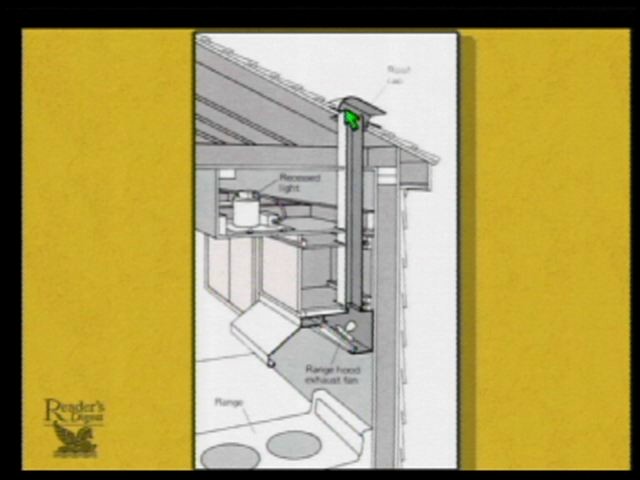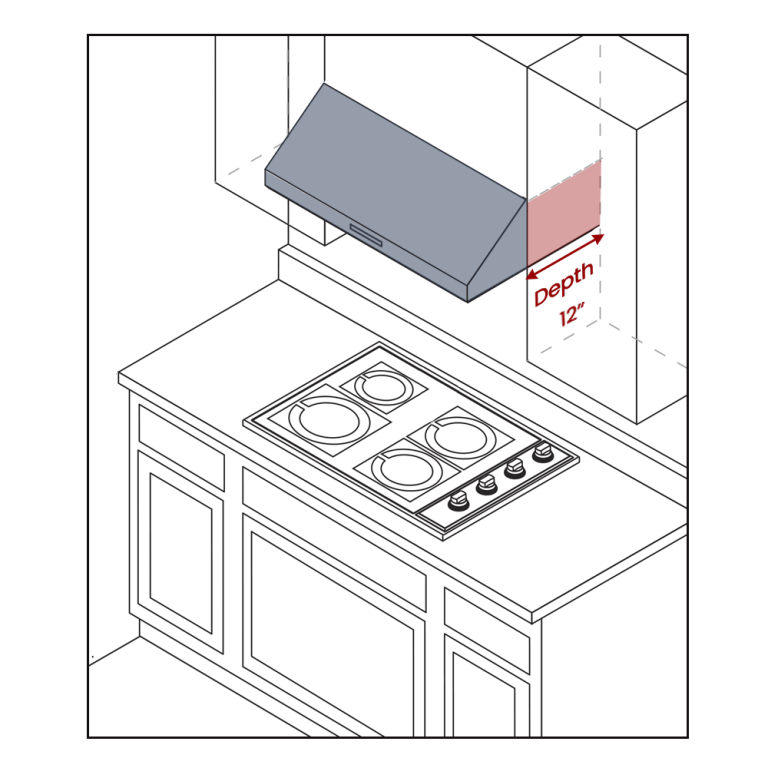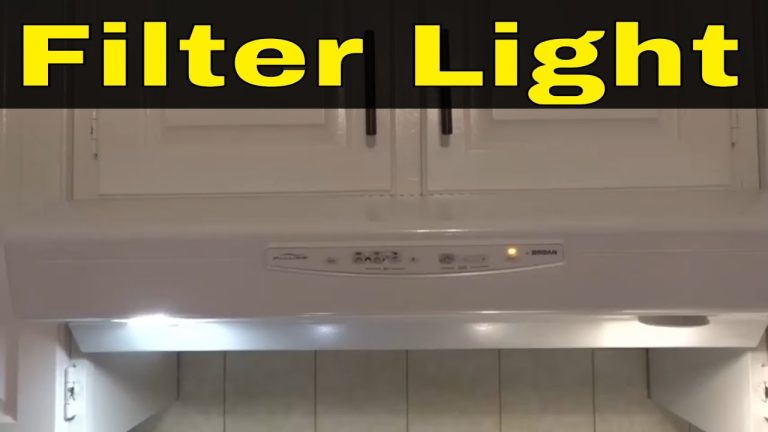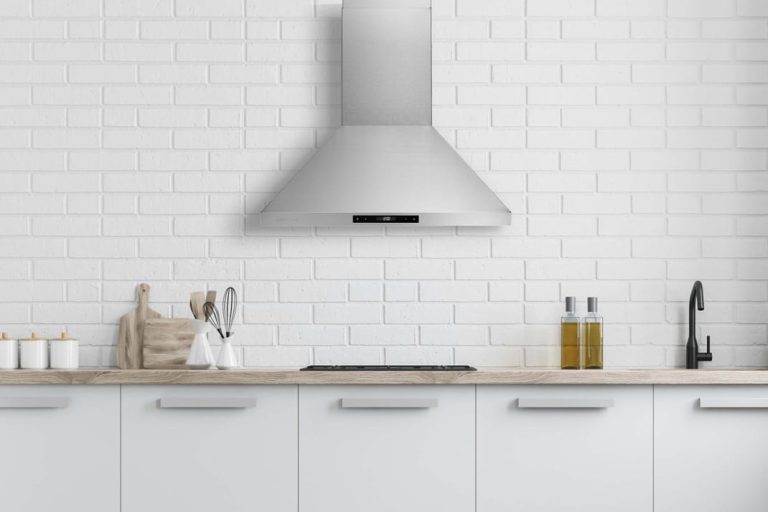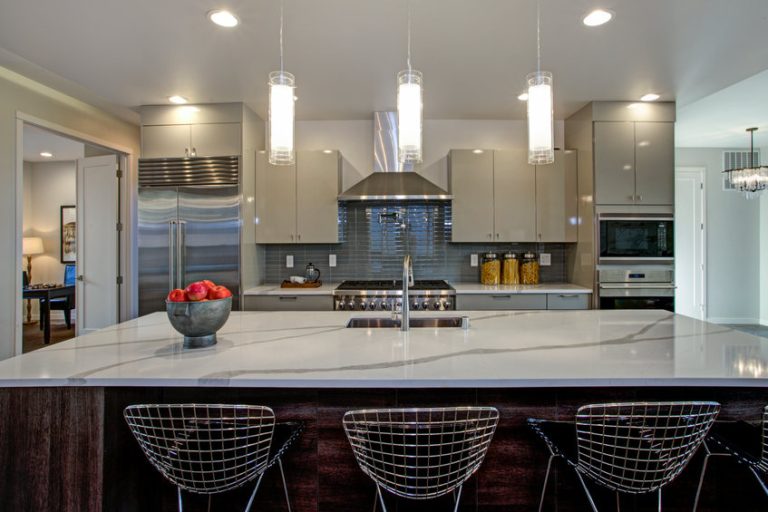No, you should not vent a range hood into the attic. This practice can lead to moisture buildup, mold growth, and other serious issues.
Proper ventilation is crucial in any kitchen. A range hood helps remove smoke, odors, and excess heat, maintaining air quality. Venting into the attic can trap humidity and grease, creating a hazardous environment. It can also lead to costly repairs if mold develops.
Instead, vent your range hood to the outside, which ensures proper air circulation and keeps your home safe. Understanding the right venting options can help you make informed decisions for your kitchen. Prioritizing effective ventilation not only enhances comfort but also protects your home’s structure. Choose the best method for a healthier cooking experience.
Introduction To Range Hood Ventilation
Proper ventilation is crucial for any kitchen. It helps remove smoke, odors, and excess moisture. Without it, air quality can decline. This may lead to mold growth and other issues.
Common venting methods include ducted and ductless options. Ducted systems vent air outside. They are usually more effective. Ductless systems filter air and recirculate it back. While easier to install, they may not remove all odors.
| Venting Method | Description | Pros | Cons |
|---|---|---|---|
| Ducted | Vents air outside | Better air quality | More complex to install |
| Ductless | Filters and recirculates air | Easy installation | May not remove all odors |
Assessing Attic Venting Options
Venting a range hood into the attic has both pros and cons. It can save space and improve kitchen aesthetics. However, it may cause moisture issues in the attic. This can lead to mold growth or wood damage over time.
Building codes often restrict venting into attics. Check local codes before making a decision. Proper venting helps maintain indoor air quality. Always prioritize safety and compliance with regulations.
| Pros | Cons |
|---|---|
| Space-saving design | Potential moisture problems |
| Improved kitchen look | Risk of mold growth |
| Less ductwork needed | Building code restrictions |
The Mechanics Of Venting Through The Attic
Venting a range hood into the attic can be tricky. Understanding how venting works is crucial. A range hood removes smoke and odors from the kitchen. Proper venting directs these through ducts to the outside.
In many cases, venting into the attic can cause moisture problems. This can lead to mold and damage. Always choose the right components for attic venting. Here are the key components needed:
| Component | Purpose |
|---|---|
| Ductwork | Transfers air from the hood to the outside |
| Dampers | Prevents backdraft of air |
| Insulation | Reduces condensation in ducts |
| Exhaust Fan | Boosts airflow for better venting |

Credit: diy.stackexchange.com
Potential Risks Of Attic Venting
Venting a range hood into the attic carries serious risks. Moisture issues can arise. The warm air from cooking can cause condensation. This moisture can lead to water damage in the attic.
Fire hazards are another concern. Grease from cooking can build up in the ductwork. This buildup increases the chance of a fire starting. Proper venting is essential for safety.
Mold growth is a common problem with attic venting. Moisture creates a perfect environment for mold spores. This can harm indoor air quality and your health. Keeping the home safe and dry is critical.
Essential Tips For Safe Attic Ventilation
Sealing and insulation are crucial for effective attic ventilation. Proper sealing prevents air leaks. Ensure all gaps are filled to maintain energy efficiency. Use high-quality insulation to keep your home comfortable.
Regular maintenance helps the system run smoothly. Check the venting system often. Clean filters and ducts to avoid blockages. This keeps the air flowing freely and reduces fire risks.
Professional installation is key for safety. Hire a qualified expert for the job. They ensure everything meets local building codes. Proper installation helps avoid future problems and keeps your home safe.
Alternative Venting Solutions
Choosing the right venting solution is important for kitchen safety. Direct venting sends air outside. This method helps remove smoke and odors effectively.
Recirculating hoods filter the air and send it back into the kitchen. They do not require ducts. This option is ideal for homes without external vents.
Ductless options use charcoal filters to clean the air. These hoods are easy to install and maintain. They are perfect for small spaces where ductwork is not possible.
Case Studies: Successful Attic Venting
Many residential kitchens have successfully vented their range hoods into the attic. This approach helps to remove smoke and odors. Proper installation is key to prevent moisture build-up. Using insulated ductwork can help keep temperatures stable.
In commercial applications, venting into the attic can also be effective. It is vital to follow local building codes. These codes often require specific ventilation methods for safety. Regular maintenance can ensure the system works well.
| Application Type | Key Considerations |
|---|---|
| Residential Kitchens | Moisture control and insulation |
| Commercial Applications | Local codes and regular maintenance |
Faqs On Range Hood Venting
Venting a range hood into the attic can cause serious issues. Moisture and grease can build up in the attic. This leads to mold and damage over time. Proper venting is essential for a safe kitchen environment.
Many homeowners worry about safety. Venting into the attic can create a fire hazard. It’s important to follow local building codes. Always check with a professional for the best advice.
Some people ask if it can save energy. Unfortunately, venting into the attic does not save energy. It can actually lead to higher energy costs. Always vent directly outside for optimal performance.
Final Thoughts
Deciding whether to vent a range hood into the attic requires careful thought. Venting into the attic can trap moisture and lead to mold growth. This can damage your home over time. Proper ventilation is crucial for health and safety.
Consider the regulations in your area before making a choice. Some places have strict rules about venting. Consulting a professional can provide valuable insights. They can help you choose the best option for your home.
| Best Practices for Homeowners | Description |
|---|---|
| Use proper materials | Ensure ducts are insulated and sealed correctly. |
| Regular maintenance | Check and clean vents regularly to avoid clogs. |
| Install a fan | A fan can help improve airflow and reduce moisture. |
Credit: www.reddit.com

Credit: www.reddit.com
Frequently Asked Questions
Can I Vent My Range Hood Into The Attic?
No, venting a range hood into the attic is not recommended. It can lead to moisture buildup, mold growth, and structural damage. Proper ventilation requires directing the exhaust outside your home. This ensures safety and efficiency in air circulation.
What Happens If I Vent A Range Hood Improperly?
Improper venting can cause several issues, including poor air quality and increased humidity. It may lead to the accumulation of grease and odors indoors. Furthermore, it can damage your kitchen and lead to costly repairs. Always follow local codes and guidelines for proper venting.
Is It Safe To Vent Into The Soffit?
Venting into the soffit is generally not recommended. This method can allow exhaust air to re-enter your home, causing ventilation issues. Instead, aim to vent directly outside. This ensures proper airflow and maintains a healthy indoor environment.
What Are The Alternatives To Attic Venting?
Alternatives to attic venting include wall or roof venting. These options direct air outside effectively while preventing moisture buildup. Make sure to consult local building codes for compliance. Proper installation will enhance the range hood’s performance and improve your kitchen’s air quality.
Conclusion
Ventilating a range hood into the attic is not advisable. It can lead to moisture buildup and potential mold issues. Proper venting ensures better air quality and efficiency. Always consider local building codes and best practices. Investing in a proper venting system is essential for a safe and functional kitchen environment.
